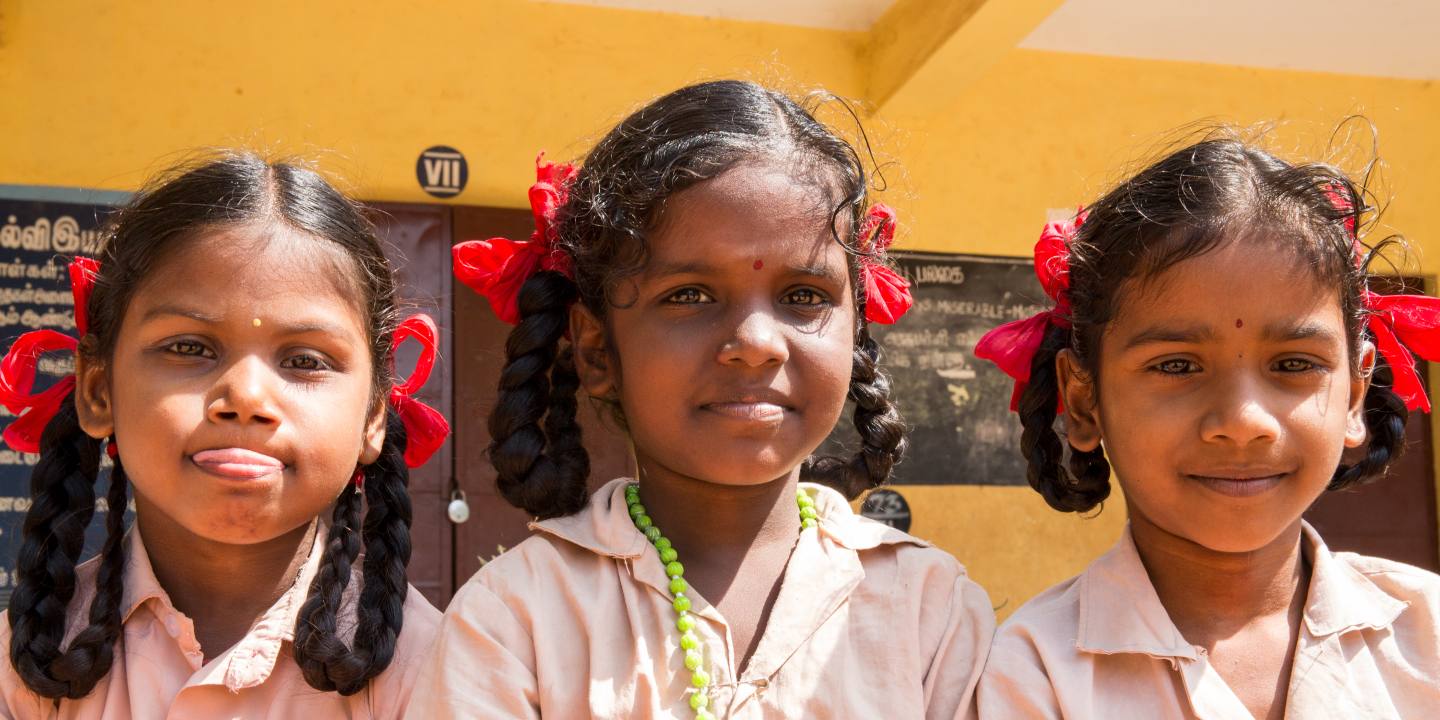
Addressing educational marginalisation in a crisis
Comment 26 May 2020 6 minute readIn low and middle income countries, extensive use of technology in education is likely to increase the gap between students from privileged backgrounds and those from economically, socially, and educationally disadvantaged groups. Restoring education for ‘every’ child would require commitment from all stakeholders to work collaboratively and creatively.
In 2020, the Australian Council for Educational Research celebrates its 90th year. Writing in The Herald in April 1930 just days after ACER had been established with a generous grant from the Carnegie Foundation, Dr K S Cunningham, our first Executive Officer, noted that ‘a too slavish following of tradition is especially dangerous in education since we are concerned with preparing citizens for a constantly changing social life’. It is striking that those words still ring true 90 years later.
The COVID-19 pandemic has suddenly altered our world in ways that seem likely to continue for a long time to come. Never in history have we been so technologically and scientifically advanced, yet we still feel unprepared for an illness that spreads like wildfire with such severe consequences.
In the education sector, the pandemic has presented every stakeholder with unprecedented challenges, compelling each of us to re-examine long held beliefs and traditions. COVID-19 has thus provoked a complete rethink of the education system, from policy to leadership to the classroom.
In lower middle income countries like India and developing economies, the reality for those who attend public schools is often inadequate infrastructure, missing teachers, an incomplete education, and an inability of the system to adapt to even routine change. Even then, we are already seeing some initial responses to this crisis, with a handful of private schools moving to online classes and assessments, and development of teaching and learning practices that assimilate these changes. Some government schools are trialling recorded lessons delivered through WhatsApp, but such solutions are not available to all children, especially those who face the double disadvantage of poverty and disability.
Government schools, while sometimes well provided for in terms of basic infrastructure, usually lack adequate IT facilities to cater to all students. Moving classes online also requires home access to computers or smartphones and the internet, facilities generally inaccessible to those struggling with more fundamental issues of poverty. Clearly, a more widespread use of technology is likely to increase the gap between economically, socially, and educationally advantaged and disadvantaged students.
One immediate solution is the redeployment of mass media channels to carry age and grade appropriate lessons in a structured manner, something in which India has substantial experience. While television reaches most parts of the country, the penetration of radio in the remotest areas in India has few equals anywhere in the world. The use of radio for education, particularly in times of crisis, is well known globally. International agencies and national governments have run radio-based education programmes in countries affected by crises all over the world as, for instance, in Chad in 2017 when school education was impacted by Boko Haram terrorism. At a time when physical attendance in school is a challenge, both TV and radio can play a critical role in ensuring that learning does not suffer. Yet it remains only a temporary solution and, when compared with regular school education, can have limited impact.
Another response to the COVID-19 crisis is the decision by some Indian education boards to promote all children in classes 1 through 8 to the next grade, which means that there will be no formal assessment of learning. This is likely to necessitate remedial measures when the next academic session begins, as well as simple methods of quick formative assessment aimed at supporting the learning process.
While many countries in South Asia have moved to middle income status thanks to rapid economic development and improved social indices, the region still accounts for the largest number of out-of-school children in the world. Those that were already in school were not, as we know, always learning, and the sudden disruption of their schooling caused by COVID-19 is likely to exacerbate that situation. Governments and policymakers will thus have to seek policy solutions that address varied contexts, and do so in a dynamic and responsive manner. Most importantly, these solutions will need to be developed collaboratively, with all stakeholders working together to arrive at the best possible options.
As education systems seem poised to undergo drastic transformation in the wake of the COVID-19 crisis, our ability to change and respond will be critical in addressing the hurdles that inhibit progress. In the context of low and middle income countries, as education stakeholders, we will all need to remember that multiple innovative learning solutions will be required to address the problems of the large majority of marginalised students who have been disproportionately affected by the crisis.